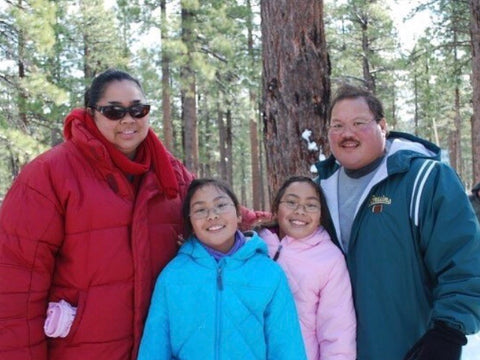Share Your Hapa Story: Lei

Share Your Hapa Story: Lei @leihirorio714
When I was little, I remember my parents pushing me and my sister to go to hula practice. I had always thought that they wanted me to be that one "shining" hula girl that could make it to the stage of Merrie Monarch or just be able to boast about their kid to any of their friends, as any parent does when they are proud of their kid...But I’ll admit. I was ignorant–childish for thinking as I did.

I didn’t understand the idea of culture and what it meant to be proud of it. It wasn’t until high school when I began to get questions about what I was. When I told fellow students I was Hawaiian, they said I didn’t look "Hawaiian." Instead they categorized me as "Asian." Other students would ask if I was Filipino, and when I said "yes" they would try to converse in Tagalog. When I would tell them that I didn’t speak Tagalog, they were surprised; "What kind of Filipino doesn’t speak Tagalog?" Then I’d have to go into this whole conversation that I was not just Filipino but Hawaiian, Japanese, Okinawan, Chinese, and Puerto Rican (which was a "stunning revelation" in middle school).

During high school, I began to question my own identity. I started to ask questions: where did my grandparents come from?; what were their family histories?; do we have an extended family on their side?; etc. I came to identify with a story my grandma told me about her “Chop suey grandchildren.” Just like the chop suey dish she mixes with the long-rice noodles, shoyu-based sauce, and numerous kinds of vegetables, us, grandkids were made from the different racial backgrounds that our parents had gotten from their families. These parts are, essentially, what makes us, us, and we should be proud of it. Because in the end we are just as good as our grandmother’s chop suey, sweet but packed with a punch of flavors.

I’ve taken that story to heart, as well as this new community of Hapa people, that I’m becoming more exposed too. It shows that I am not the only Hapa kid out there. I’m still learning about my family and their histories. I’ve also come to appreciate who I am despite the differences I have compared to others who completely identify with their one culture. I am proud to be Hawaiian, Japanese, Okinawan, Chinese, and Puerto Rican. I’m proud to be Hapa.

Originally published December 5, 2019, on Instagram, #ShareYourHapaStory038
